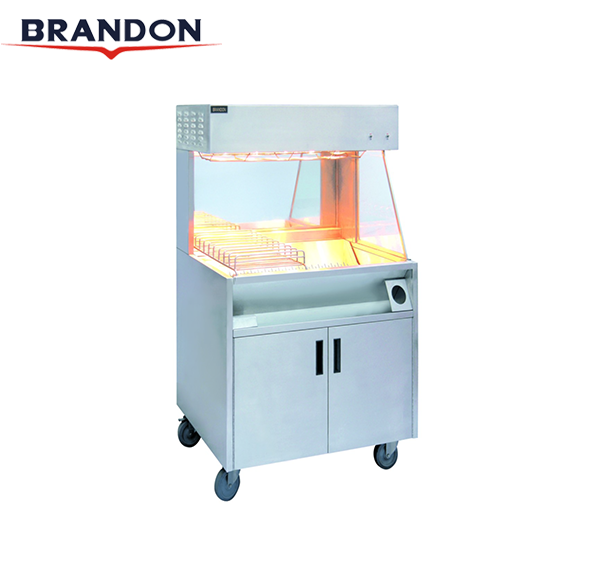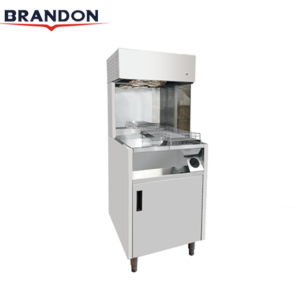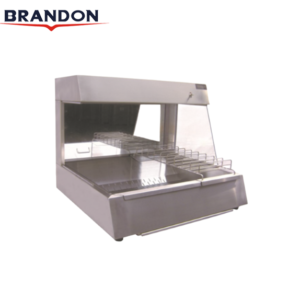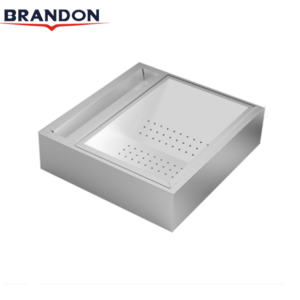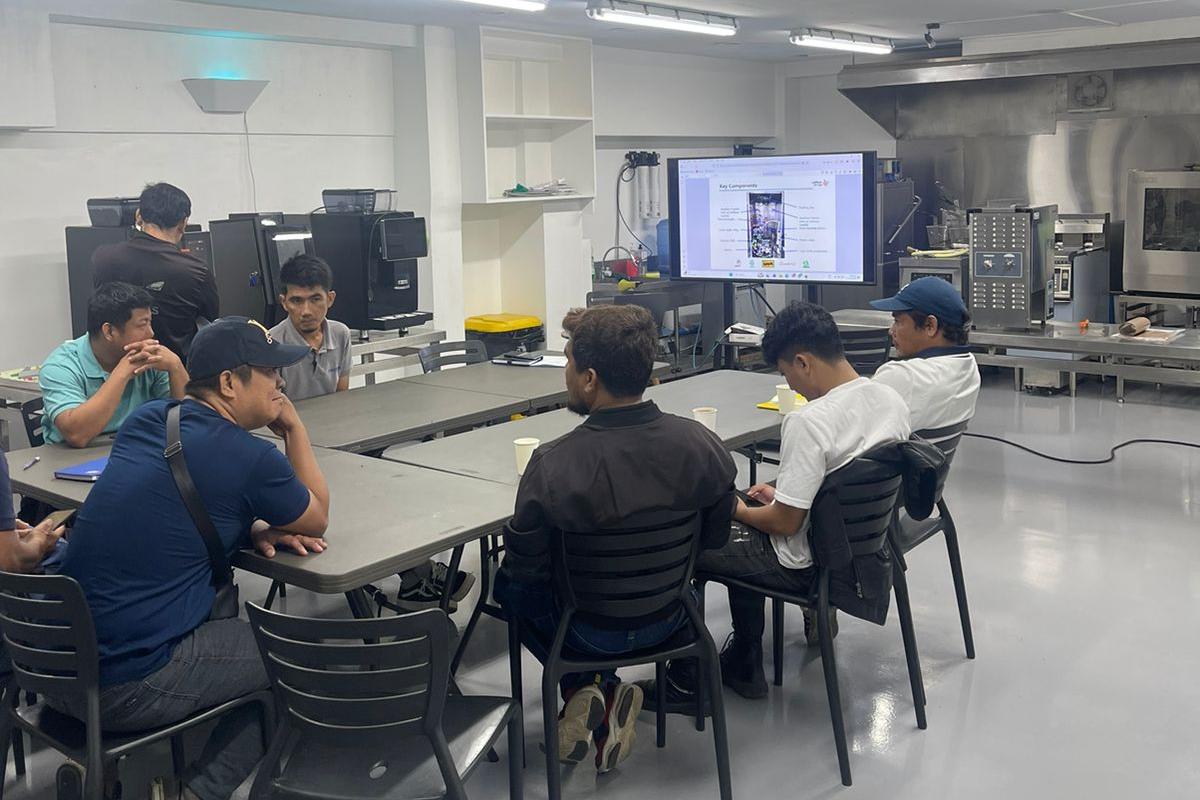Dump-station-DS10
Its primary function is for deli workers to dump friedproducts, such as chips, potato shoestring, basket-weaveand onion rings etc. Salt is added, food products are thenpackedinto the cup with a shovel (chips scoop).
Brandon’s dumpstation has detachable side panel so the cutout is always flexibly oriented beside the fryer.
Depending on the model, Brandon employs heat lamps or ceramic heater to maintain the temperature hot enough to keep food crispy.
Food bay is slotted to accommodate product dividers. It is handy when more than one food products need to be held at the same time such as chicken nugget, onion rings, basket weave and potato shoestring.
Description
| Model | Dimension(mm) | Electrical |
|---|---|---|
| DS10 | 1000 x 700 x 1560 | 220 V, 50 Hz, 2.2 kW |

